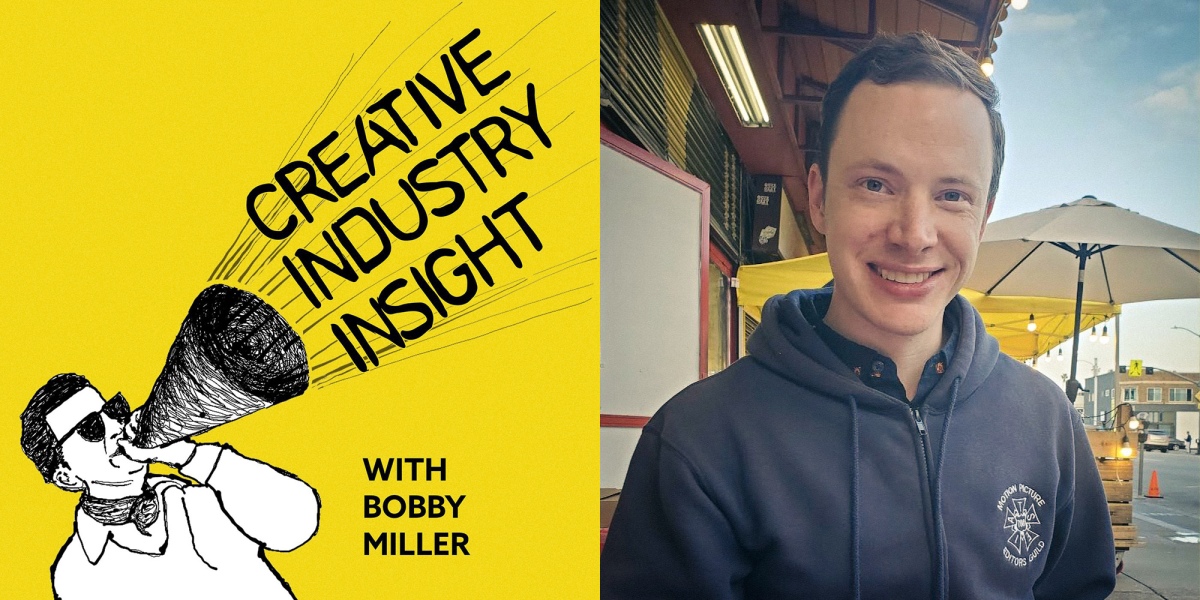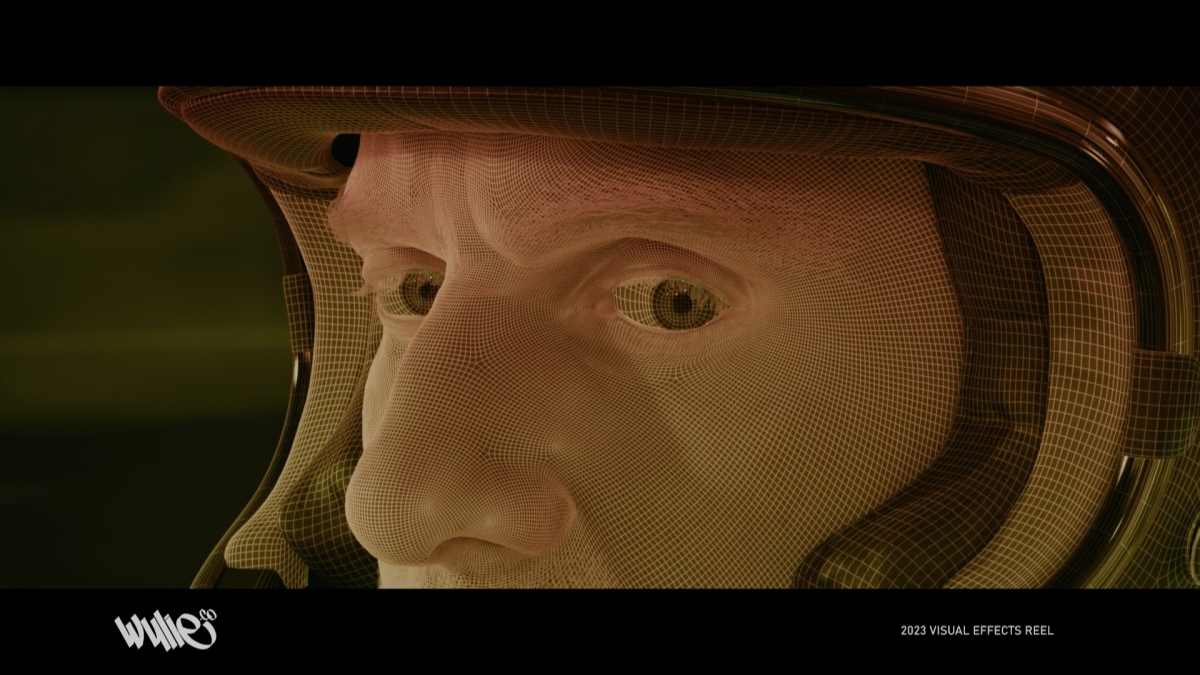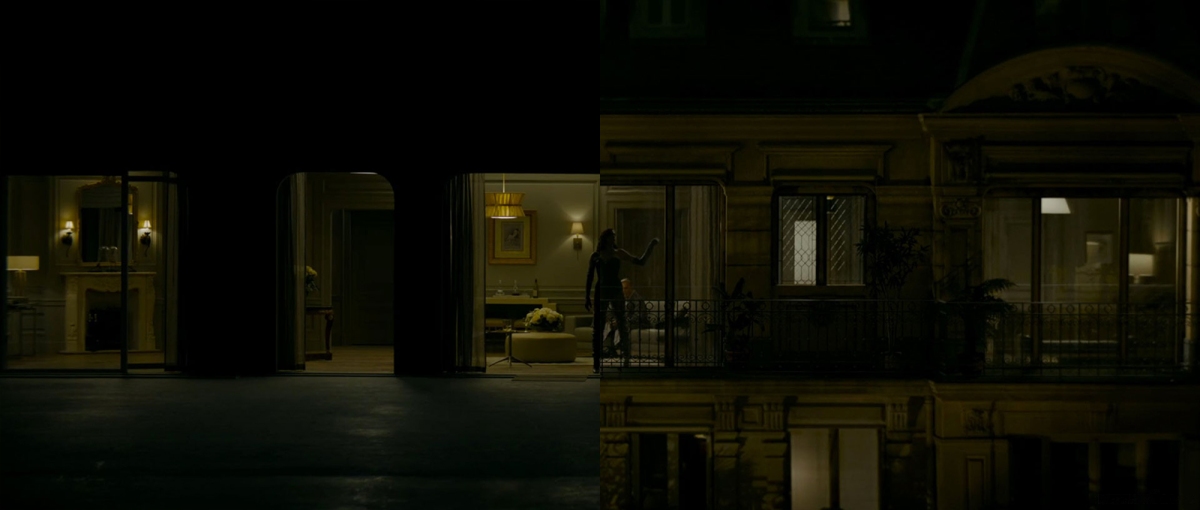January 9, 2024
Wylie Co.
The Killer digi-double visual effects sequence & breakdown. This is our first of many breakdown reels we’re going to post on X for our VFX work on The Killer.
For this particular sequence in The Killer, Eric Barba, Peter Mavromates and David Fincher approached us with an extremely difficult task, to create close-up, photoreal digi-double shots of Michael Fassbender riding a scooter.
The quality of the work had to seamlessly cut back to back between live-action shots of The Killer on set. Extra complexity was added because the original plan to shoot these shots on a virtual stage didn’t live up to what Fincher had envisioned.
Because of this, there were no HDRI’s or usable array footage and sparse reference photos. The lighting and lookdev had to be dialed in by eye. We began with the Killer asset, adding fine facial detail and cloth simulations.
We then used photogrammetry to assist with cascading streetlight timing and travel speed. The final result was high res meticulously crafted nearly full CG shots cut into the live-action sequence with the ultimate goal of nobody noticing.
Advancements in software, hardware, and artist skill enabled us to create The Killer digi-double with a team of 7 artists using Lenovo workstations, AMD processors, NVidia GPUs, Nuke, Maya, Houdini & Redshift software. And months of time!
All of our work in David Fincher’s The Killer involved digi-doubles. Here are 3 breakdowns of digi-double gore that we provided for the film. Full CG shots, cut between live-action shots. They include particle fx, fluid dynamics, various hair, cloth, and bone simulations, and good old-fashioned animation by hand.
Visual Effects By: Wylie Co. Culver City, California
Visual Effects Supervisor: Jake Maymudes
Visual Effects Executive Producer: Kris Drenzek
Digital Effects Supervisor: Josh Hatton
Visual Effects Animation Supervisor: TJ Burke
Lighting & FX Artist: Liam Jurkowich
Animation Lead: Sashdy Arvelo
Animators: Li Li, Taylor Cooke
Compositor: Nick Kaye
Lookdev Artists: Bora Jurisic, Richard Bridge
3D Tracking Artists: Tommy Ibanez, Nallely Gomez
Pipeline TD: Roberto Cadena Vega
Coordinator: Sofia Beroud










